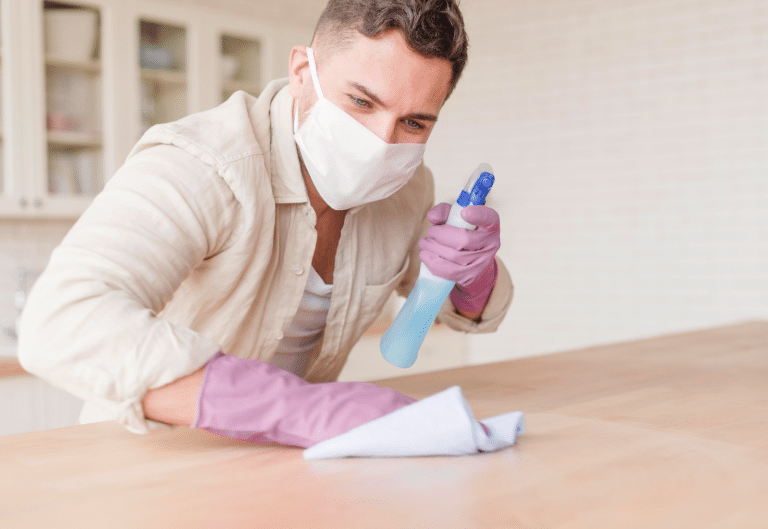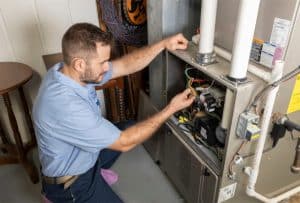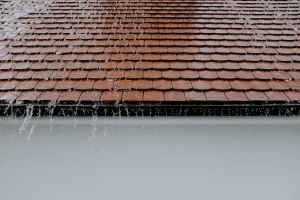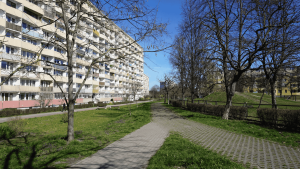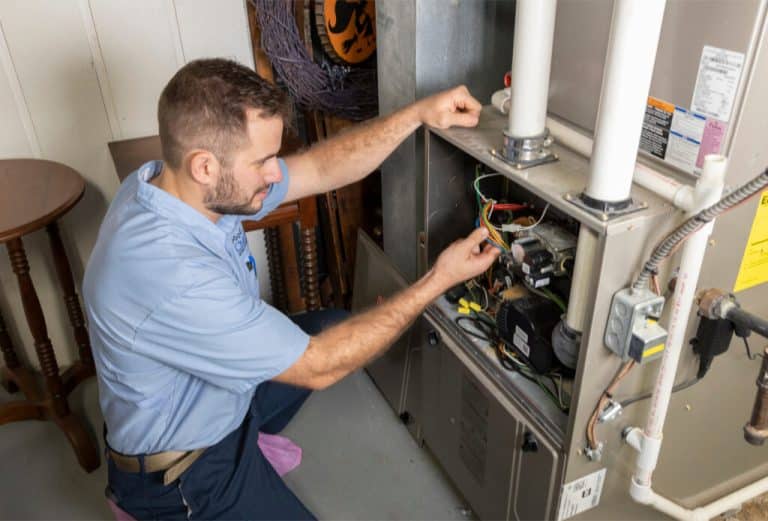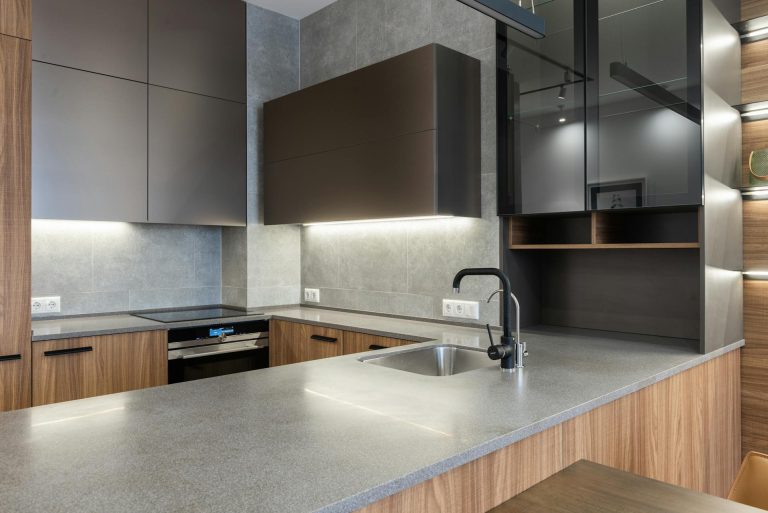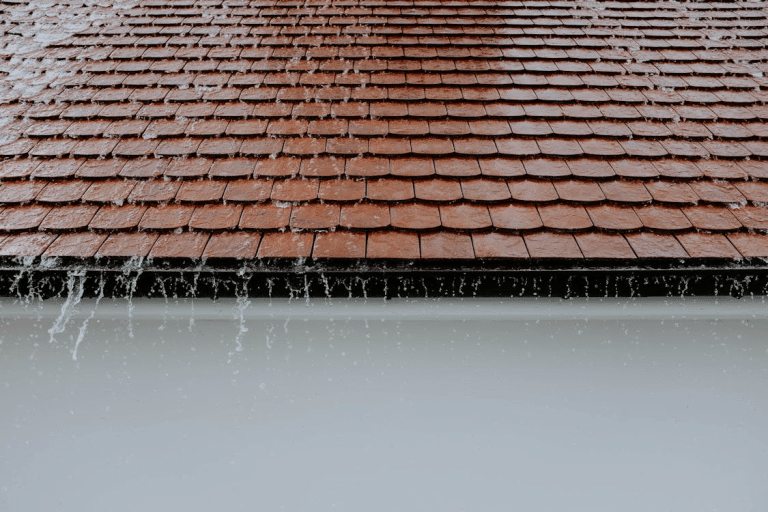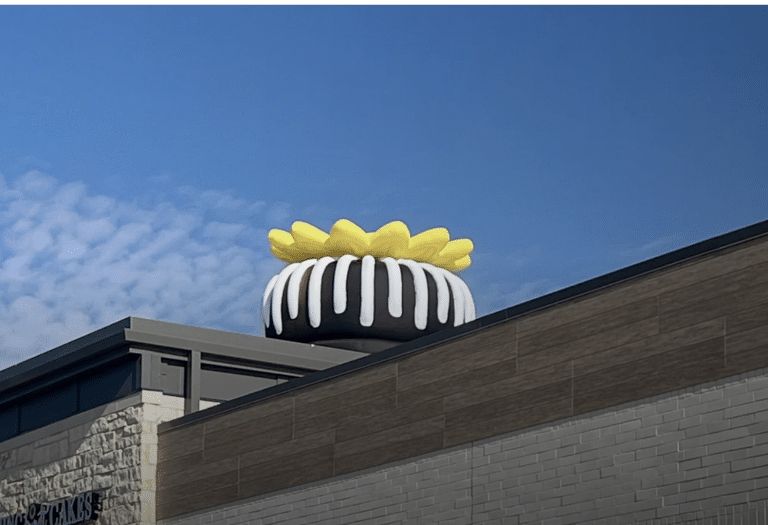A Saturday afternoon in Dallas can feel like a showdown with nature. You head outside ready to tame the lawn, rake the leaves, or clear out flowerbeds, but every sweep of the rake or hum of the mower stirs up a dusty storm. Pollen, grass clippings, and invisible allergens ride the breeze like tiny hitchhikers just waiting for a chance to follow you back inside.
The real kicker? Once they sneak indoors, they don’t just vanish. They stick to your clothes, settle into carpets, and swirl around through your vents, leaving your “clean” home feeling suspiciously sneezy. This cycle can turn a simple yard project into a nonstop battle with runny noses and itchy eyes.
Dallas residents don’t have to wave the white flag to pollen. The smartest ways to keep allergens out are surprisingly simple, and you’ll want to keep reading to see just how.
6 Smart Tips to Reduce Allergens Indoors After Yardwork
1. Remove Shoes and Gear at the Door
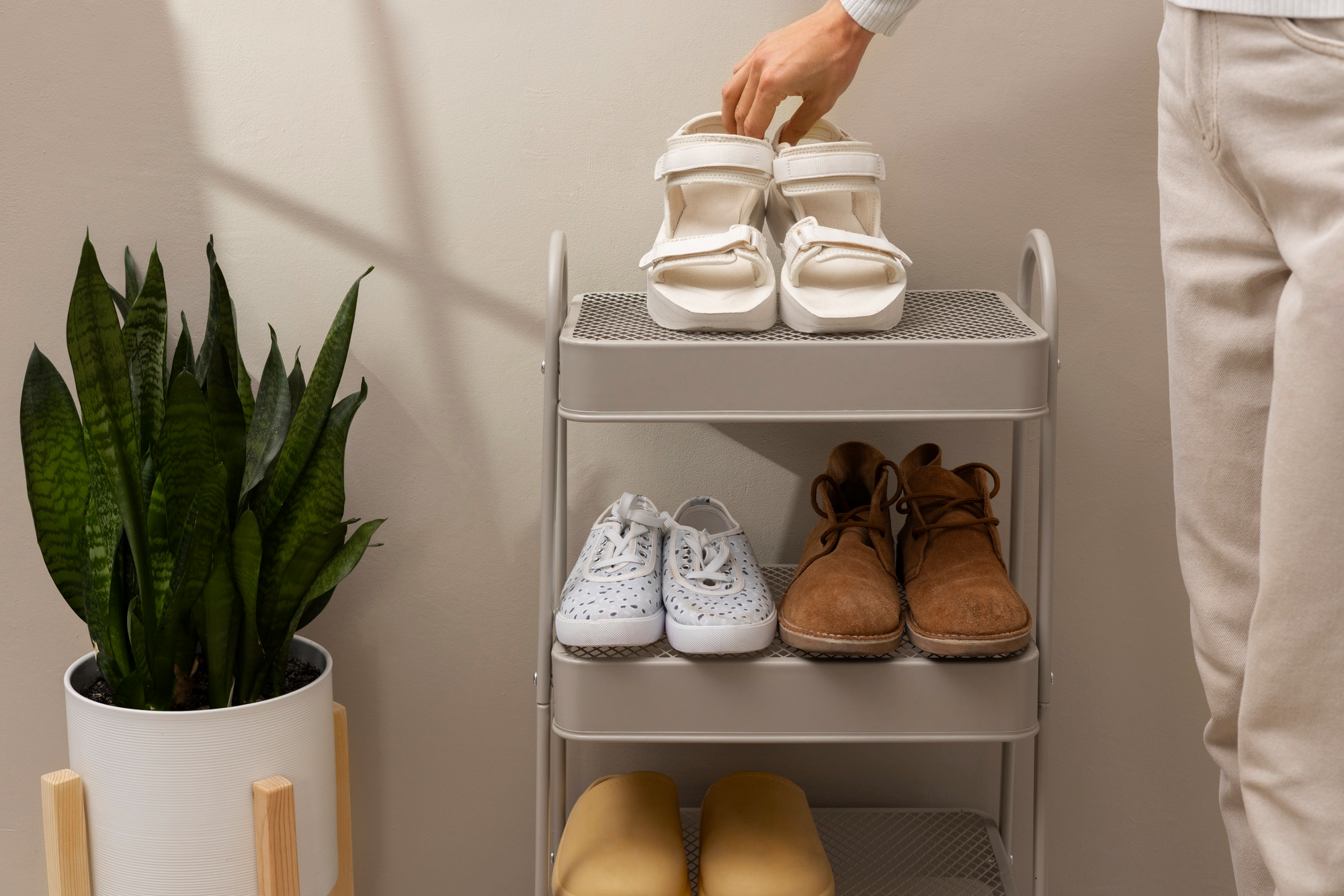
Yardwork doesn’t just stay in the yard. Every trip back inside can drag along an invisible trail of grass pollen and dust that clings to sneakers, gloves, and hats. Before long, those particles end up spread across carpets, tracked into bedrooms, and ground into places where kids play or pets nap. It’s like giving allergens an open invitation to settle in.
The fix is less about deep cleaning and more about building a smart habit. Set up a “landing pad” by your entrance with a tough mat, a basket, or even a small bench where shoes and gear can be dropped right away.
This quick pause at the door prevents allergens from wandering any further. Think of it as your first line of defense against Dallas allergy season, simple, effective, and surprisingly powerful for keeping the rest of the house fresh.
2. Clean Entryways Frequently
If shoes and gear are the delivery trucks for allergens, your entryway is the loading dock. This high-traffic zone collects the bulk of pollen, dust, and yard debris before it gets carried further inside. What looks like a bit of dirt near the door can actually be a concentrated patch of allergy triggers.
A quick sweep and mop can cut down the buildup, especially if you stick with allergy-safe cleaning products. Wiping down door handles and light switches also helps since they’re common touchpoints for allergens carried on hands. For tougher buildup on concrete or tile, pressure washing clears away debris that regular cleaning misses.
Home entrances are such frequent problem spots that cleaning services in Dallas often point to them as the first place allergens collect, making them a smart focus if you want to cut down on sneezing inside.
3. Shower and Change After Yardwork
That fresh-cut grass smell may seem harmless, but it clings to more than just your clothes. Pollen threads itself into hair, sticks to skin, and rides indoors long after you’ve put the rake away. Sitting down on the sofa too soon, and those tiny particles settle right where you relax the most.
Turning the bathroom into your first stop is the smarter move. A full rinse washes away what the breeze left behind, and scrubbing hair, hands, and feet clears the hotspots where pollen collects.
Swapping into clean clothes seals the deal, keeping the day’s yardwork from following you into bed or onto your favorite chair. Instead of letting allergens travel with you, you cut them off before they spread any further.
4. Wash Clothes, Bedding, and Fabrics Regularly

There’s a reason laundry piles never seem innocent after yardwork. Those shirts and jeans hold onto pollen like it’s stitched into the fabric. Drop them on the floor or toss them in with the rest of the week’s clothes, and suddenly everything gets a share of the allergens. Putting yardwork clothes straight into the wash saves the rest of your laundry from that chain reaction.
Nighttime brings its own challenges. Sheets and pillowcases quietly collect pollen from skin and hair, making mornings feel stuffy and restless. A weekly hot-water wash resets the space where you spend the most hours of your day.
Then there are the forgotten fabrics. Curtains, throw blankets, and rugs don’t scream for attention, but they’re some of the biggest pollen traps in the house. Cleaning them on a regular loop gives your home a fresh feel that no air freshener can do.
5. Improve Indoor Ventilation and Air Filtration
It’s not only your shoes and clothes that carry allergens indoors. Air drifting in through vents or windows brings plenty of pollen and dust with it, and once it’s inside, it keeps moving around unless you give it a way out. The goal is simple: keep air flowing while making sure it’s as clean as possible.
A HEPA purifier in the rooms where you spend the most time does a lot of heavy lifting by catching particles you can’t see. Your HVAC system plays an even bigger role, but only if the filters are fresh.
During allergy season in Dallas, swapping them out more often keeps the air from recycling dust back into the house. And while opening windows can feel refreshing, it works best on calm mornings or right after a rainfall, when pollen levels are low.
6. Dust and Vacuum with Allergen Control in Mind
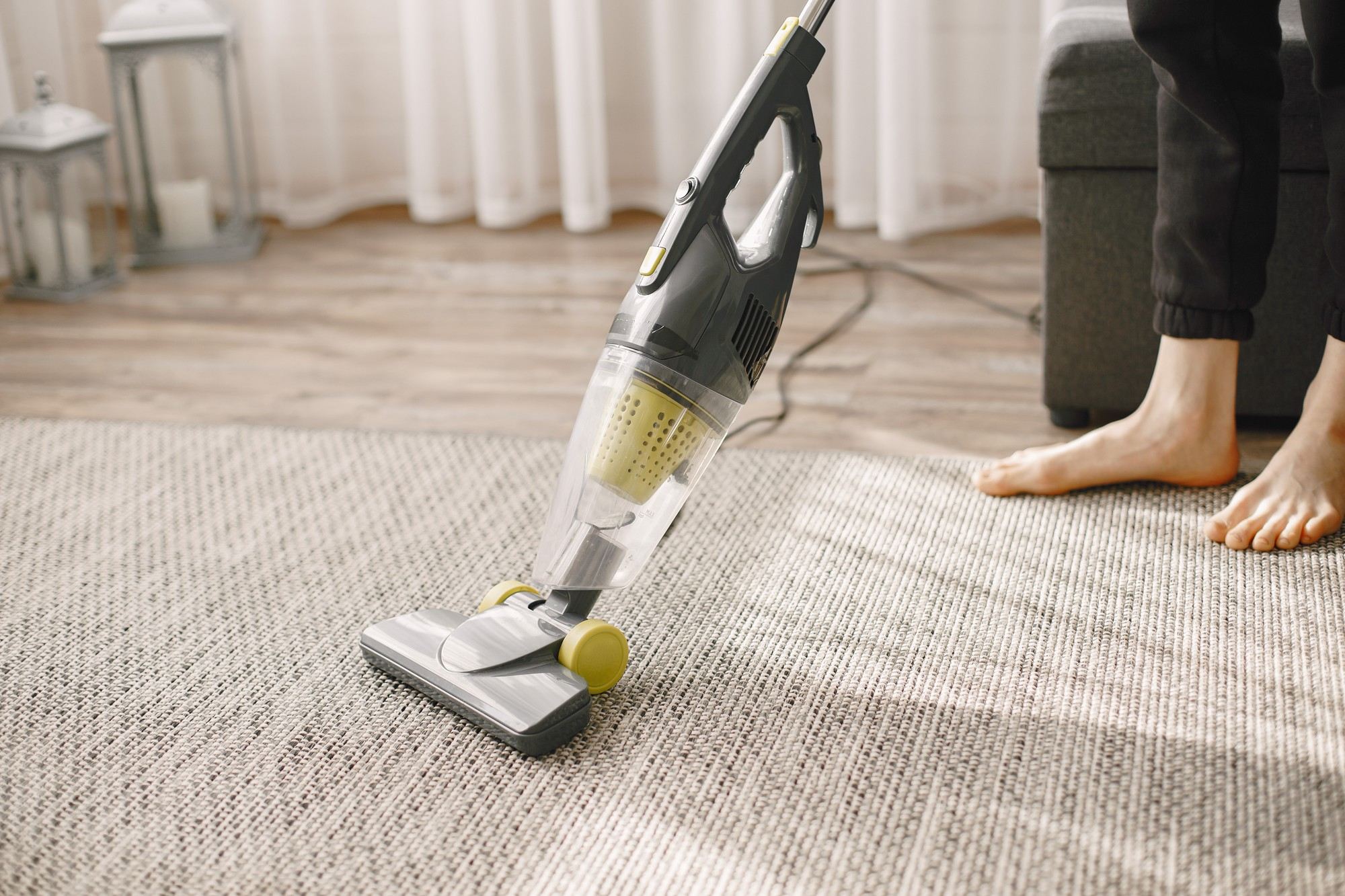
Sofas, curtains, and rugs often hold onto more dust and pollen than you realize, and over time, they become quiet reservoirs for irritation.
The best way to cut this down is with tools that trap rather than scatter. A microfiber cloth pulls particles off shelves and tables so they don’t end up back in the air. A vacuum fitted with a HEPA filter does the same job for carpets and upholstery, locking in fine debris that ordinary vacuums would release again.
Pay attention to the places that get the most use. The living room sofa, the rug by the entryway, and window coverings close to outdoor air are common spots where buildup happens fastest. Regular care in these areas keeps allergens from multiplying and makes the home feel fresher day to day.
Conclusion
Dallas yards may hand out pollen like party favors, but your home does not need to host the afterparty. A few clever routines, such as leaving shoes at the door, tossing yard clothes into the wash, and swapping filters before they clog, can turn allergy control into second nature.
Rather than reacting to symptoms, you are stopping them at the source. The beauty of this approach is its simplicity. With a little consistency, you can enjoy the yard, breathe easy indoors, and remind allergens they were never invited inside in the first place.


